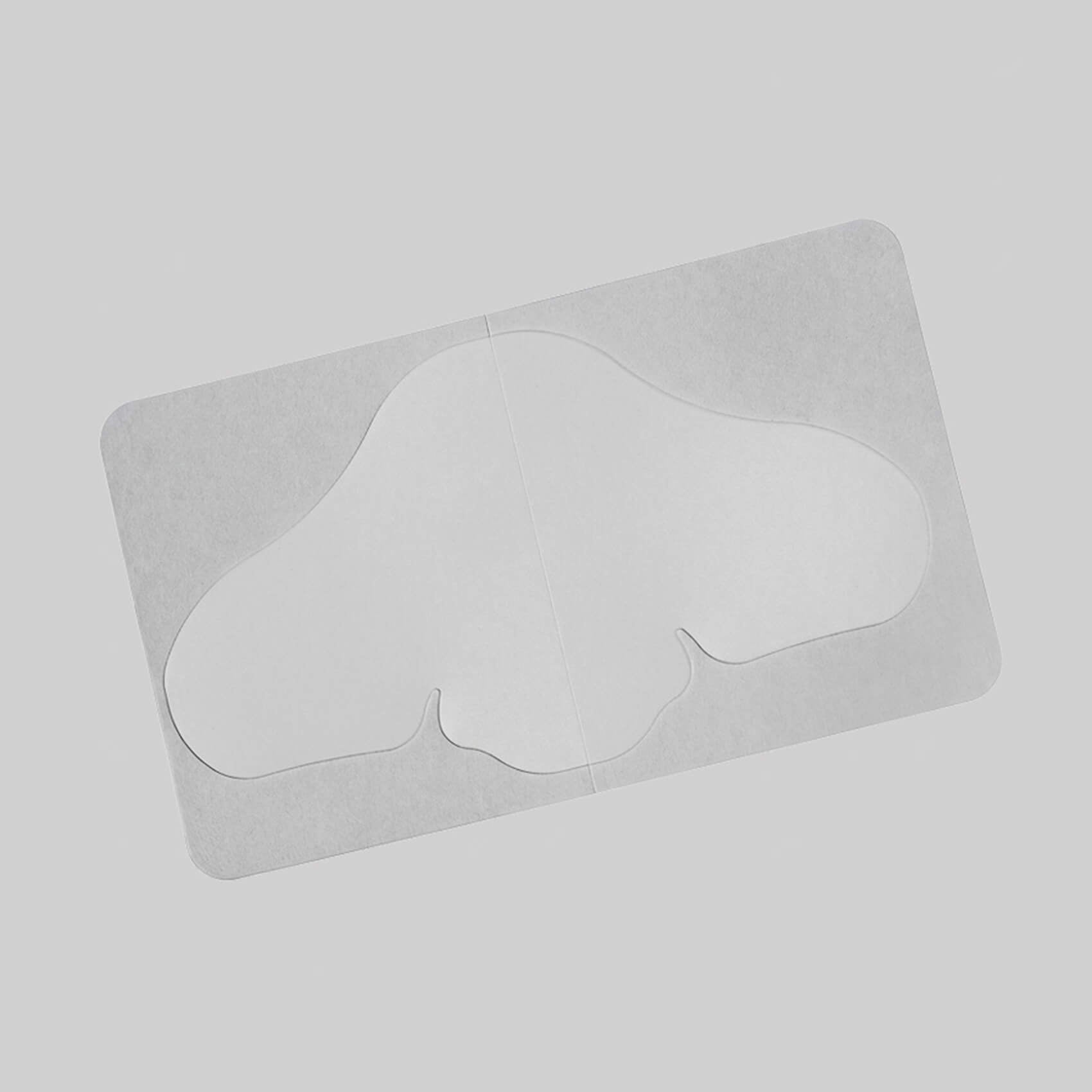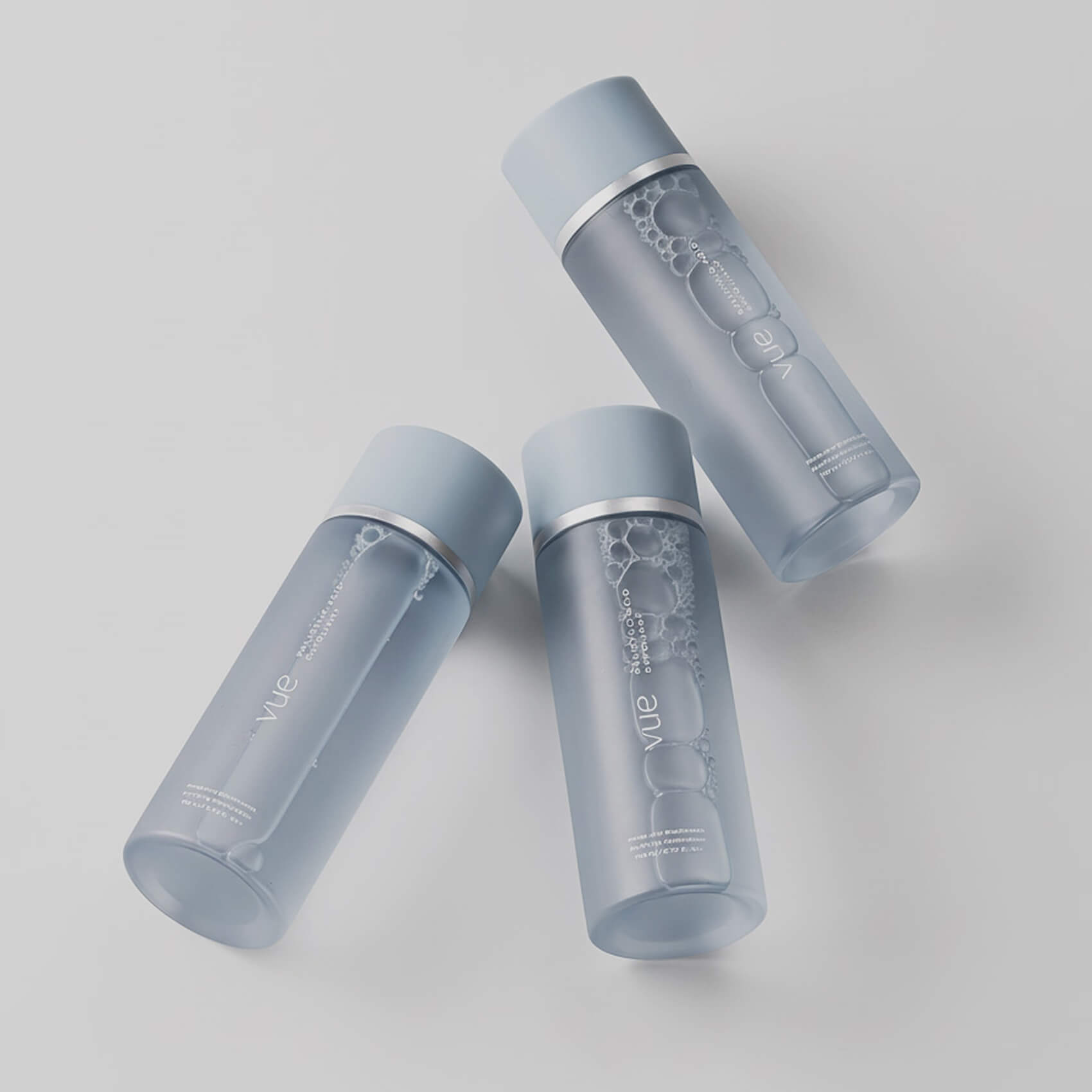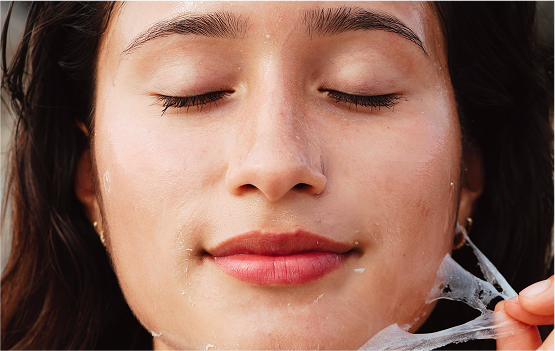If your forehead, nose, and chin seem to be the first places to break out, you are not imagining things. The T-zone is naturally oilier and more breakout-prone than the rest of your face. Here is why it happens and how you can treat it effectively without harming your skin barrier.
What Is the T-Zone?
The T-zone covers your forehead, nose, and chin. These areas have a much higher number of sebaceous or oil glands than your cheeks or jawline. These glands help protect your skin but in the T-zone they can overproduce oil, making it more vulnerable to clogged pores, blackheads, and acne.

Why the T-Zone Gets More Breakouts
The T-zone is not just a random breakout zone. Its unique structure and biology make it more susceptible to specific triggers that set the stage for acne.
Excess Oil Production
Sebaceous glands in the T-zone are larger and more active. Hormones, especially androgens, stimulate them to produce more sebum. This oil mixes with dead skin cells, creating plugs that block pores.
Clogged Pores and Bacteria
When pores are blocked, oxygen cannot penetrate, allowing acne-causing bacteria such as Cutibacterium acnes to multiply. The immune system reacts, leading to redness, swelling, and pimples. The nose is especially prone to blackheads because of its larger pores.

Hormones and Environmental Triggers
Puberty, menstrual cycles, stress, and even poor sleep can increase oil production in the T-zone. Heat, humidity, and pollution make things worse by oxidizing sebum and weakening your skin’s barrier. Diets high in refined carbohydrates and sugar can also fuel excess oil production.
Skincare Mistakes That Make T-Zone Acne Worse
Using harsh cleansers or over-exfoliating might feel like the right move but it can strip your skin’s protective barrier. This triggers sebaceous glands to produce even more oil. Overusing strong acne treatments can also disrupt your skin’s pH and microbiome, giving harmful bacteria the upper hand.

How to Treat T-Zone Acne
Managing T-zone breakouts is about restoring balance. The goal is to control excess oil and congestion without over-drying or irritating your skin.
Gentle Cleansing
Use a mild, pH-balanced cleanser twice daily. A low-percentage salicylic acid formula can help unclog pores without causing dryness or irritation.
Targeted T-Zone Patches
Treat breakouts where they actually happen. The Vue Swiss Forehead Patch works overnight to absorb impurities without irritating surrounding skin. For chin breakouts, the Vue Swiss Chin Patch is designed to hug the contours of your lower face and target clogged pores in this often-problematic area. For all-over T-zone care, the Vue T-Zone Patch Bundle includes forehead, nose, and chin patches to reduce congestion in multiple areas at once.

Support the Skin Microbiome
Ingredients such as niacinamide and green tea extract help calm inflammation and support beneficial skin bacteria. Keeping your skin’s pH slightly acidic between 4.5 and 5.5 makes it harder for acne-causing bacteria to thrive.
Hydrate Without Clogging Pores
Even oily skin needs moisture. Dehydrated skin produces more oil to compensate. Use a lightweight, non-comedogenic formula like the Vue Swiss Moisturizer, designed to balance hydration without making the T-zone greasy.
Lifestyle Changes for Oily Skin
Reduce stress, get enough sleep, and limit high-glycemic foods. While diet alone will not cure acne, these changes can reduce hormonal oil triggers over time.
Daily Sun Protection
Choose a lightweight mineral or hybrid sunscreen. UV damage can trigger inflammation, making clogged pores in the T-zone worse.

Keeping Your T-Zone Clear Long Term
The T-zone’s natural oiliness makes it more prone to breakouts, but with the right skincare routine that includes gentle cleansing, targeted treatment, microbiome support, balanced hydration, and daily sunscreen, you can keep it under control.
By working with your skin’s biology and using smart tools such as hydrocolloid patches for active breakouts and lightweight moisturizers for barrier support, you can turn your T-zone into a balanced and healthy part of your complexion.
















